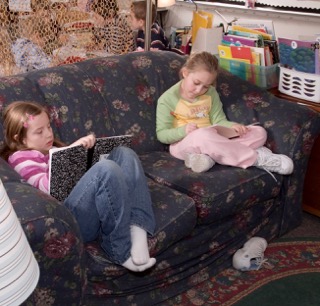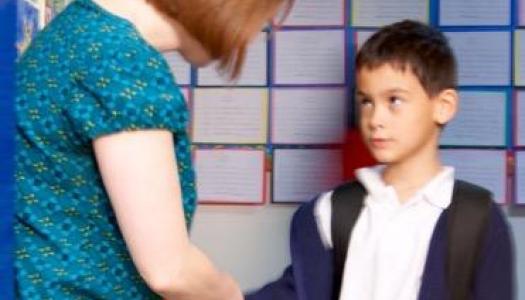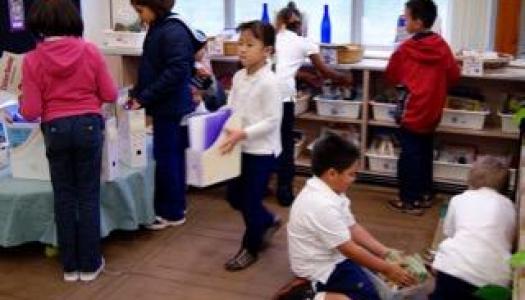Analyzing and Adjusting for Behavioral Success, Part 1
Join Our Community
Access this resource now. Get up to three resources every month for free.
Choose from thousands of articles, lessons, guides, videos, and printables.
As you read this, take a moment to think about the students in your classroom or the school you support. Are there a few faces that immediately pop into your mind? Could those students, the ones who seem to occupy a large amount of your thoughts and energy, be the same ones who exhibit what we sometimes call barometer behaviors—in other words, behaviors that can dictate the weather of a classroom or school?
Even though the beginning of the year clicks to the cadence of launching Daily 5 and Math Daily 3, with a sharp focus on supporting and molding behaviors so we can spend more time teaching rather than managing children, mid–school year may find us still working with, pondering, and figuring out ways to support, redirect, and continue molding barometer behaviors. A break from school, the addition of a new student or students, long days of indoor recess, or a simple snowstorm can easily fuel the tinder of our most at-risk behavioral students.
Therefore, this is an optimal time of year to relook at behaviors and barometer students. That said, before we jump in to revisiting the launching lessons and anchor charts of the all-important foundational lessons, there are a few variables we take into consideration.
After a day of a less-than-optimum independent time during Daily 5 or Math Daily 3, it is easy to quickly jump to conclusions about what we think is happening to cause the work time to be less than we want and expect. Before we make any snap judgments, we spend one round of Daily 5 merely observing the class. During this observation time we take careful note of what is really happening. By investing time in observing, we are more apt to decipher the crux of what is transpiring.
Here is how we focus our observation time, the questions we ask ourselves, and the order for what we observe:
Environment
Is there a specific area of the room that seems to be the issue? Here are some examples:
a. Are students getting hung up in a location of the room that is designed for individuals or partners, causing crowding?
b. Does the whole room or an area of the room have a lot of visual noise or clutter, which may be causing distractions?
c. Are there locations to work for Read to Someone or Math with Someone, both of which tend to be noisier, as well as places for students who may need a quiet work space?
d. Is there enough space for students to spread around the room, allowing an ample number of places to work independently?
e. Are there enough varied work spaces to satisfy the wide range of children’s physical needs? (Tables, floor space, reclining locations, and comfort spots all allow for extended stamina.)
f. Are the math games and activities as well as Word Work and Listen to Reading materials organized and in a location that make them easy to set up and put away?
g. Are the classroom library and school library organized so children can locate good-fit books?
h. Is the computer area causing conflict?
i. Is there harsh overhead light? Some students (and adults as well) find that the hum and flicker of fluorescent lighting can cause headaches as well as make it difficult to focus.
j. Is the classroom environment warm and welcoming, creating a space that invites students to settle in and be comfortable?







